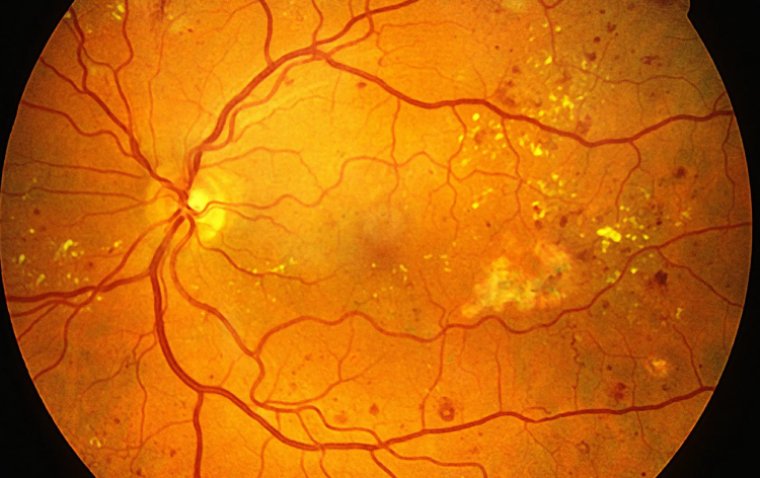
New Research Explores Uveal Melanoma Metastasis Mechanisms
New research from Edith Cowan University (ECU) is shedding light on the factors driving the metastasis of uveal melanoma, the deadliest form of eye cancer known for its high rate of spreading to the liver.
Uveal Melanoma Overview and Metastasis Risk
Uveal melanoma, a rare cancer type with an incidence of 7.6 per million adults in Australia, represents approximately 5% of all melanomas. Despite successful treatment of primary tumors within the eye, approximately 50% of patients face the grim prospect of metastasis, often to the liver, even years after initial diagnosis.
"Metastases of uveal melanoma could develop up to 20 years after the primary tumor treatment, and the median survival in patients after a diagnosis of metastases is between 5 to 18 months," explained Dr. Vivian Chua, ECU Vice Chancellor's Research Fellow.
Dr. Chua highlighted the challenges in treating metastatic uveal melanoma, stating, "The metastatic tumors respond poorly to many treatment options that had been shown to be effective in other cancer types including skin melanoma. It is unclear how and why uveal melanoma spread or metastasize to the liver."
Focus on BAP1 Gene in Metastasis
In her latest study published in the journal Science Signaling, Dr. Chua focused on alterations in the BRCA1-associated protein 1 (BAP1) gene, which is pivotal in modulating cancer cell characteristics, particularly in uveal melanoma.
"Alterations in the BAP1 gene lead to loss of the BAP1 protein function and expression and are associated with an increased risk of metastasis of uveal melanoma and poorer patient survival," noted Dr. Chua.
Despite BAP1's known role in cancers such as mesothelioma and cholangiocarcinoma, its specific implications in uveal melanoma remain ambiguous. Dr. Chua, who recently returned to Australia after eight years at Thomas Jefferson University in Philadelphia, engineered human uveal melanoma cell cultures deficient in BAP1 to explore these mechanisms further.
"We found that BAP1-deficient cells are slow-growing, and this was associated with the cells exhibiting low activity of the S6 protein," Dr. Chua said. "This is consistent with the known function of the S6 protein to regulate cancer cell growth."
Dr. Chua's research indicates that BAP1-deficient uveal melanoma cells demonstrate enhanced survival under conditions deprived of amino acids, a critical factor in cancer cell metabolism during metastasis.
Future Directions in Treatment Strategies
"My research is now aimed at investigating what mechanisms support BAP1-deficient cell survival under amino acid deprivation and identifying co-players of S6," Dr. Chua added. "I expect findings from these studies to uncover strategies to effectively treat uveal melanoma or prevent the development of metastatic disease."
The findings underscore the complex nature of uveal melanoma metastasis and highlight the need for targeted therapies to improve treatment outcomes for patients with this aggressive form of cancer.
Reference
Vivian Chua et al, Slow proliferation of BAP1-deficient uveal melanoma cells is associated with reduced S6 signaling and resistance to nutrient stress, Science Signaling (2024). DOI: 10.1126/scisignal.adn8376
(1).jpg)










